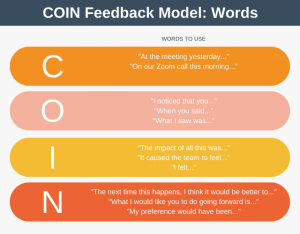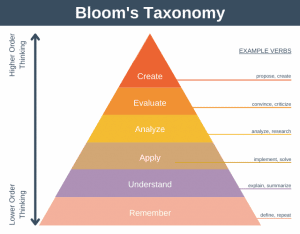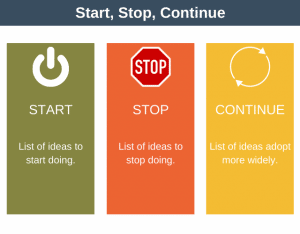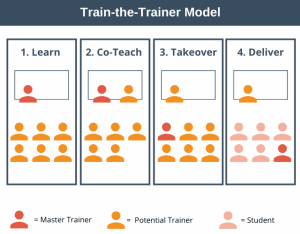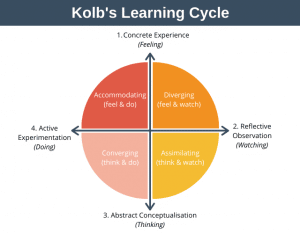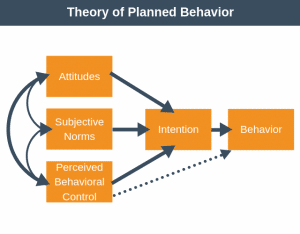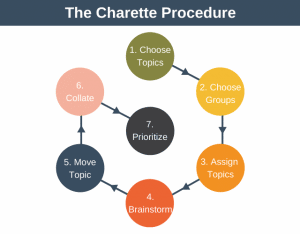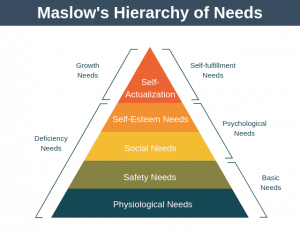These days office life is dominated by meetings. On many occasions my entire day is taken up from start to finish by meetings. I am sure I’m not the only one, and that this situation is familiar to many of you reading this. So it will come as no surprise that learning how to run and attend meetings effectively can make a big difference to your productivity.
We all know that meetings are important. They enable us to share information, come up with ideas, create a consensus, determine actions to get things done, and follow up on previously agreed actions, amongst others. Face to face meetings solve problems and create agreement in a way that email communication and telephone conferences simply cannot. That is why businesses spend fast sums of money flying executives around the world so they can speak face to face.
If continually amazes me that if meetings are so important, why is it that so many of them are run so badly, without a clear purpose, objectives, or even the right list of attendees?
There are a number of benefits to you as the meeting organiser in running meetings effectively, including:
- Your productivity will increase as your meetings will be more likely to achieve their goals and finish on time
- Over time, colleagues will observe that your meetings are objective and get things done, making them more likely to attend and contribute
- Running a meeting with clear goals and objectives will keep everyone enthused and focused
Now that you understand why it’s important to run meetings effectively, here are some simple instructions to help you achieve this aim:
1. Plan in Advance
Make sure you plan the purpose of the meeting in advance. You always need to have a clear purpose, otherwise there is no point holding the meeting. If you have multiple items to discuss then determine the purpose of each one. It could be For Decision, For Discussion, Agreeing Targets, Finding Solutions, etc
Think about the list of attendees carefully. Make sure that everyone you invite to the meeting is there for a reason, and can contribute in a positive way.
Plan the meeting to happen so that everyone has plenty to time to prepare. I suggest you do this by simply sending out the invite in good time.
2. Prepare the Agenda
If this meeting is a follow up to a previous meeting then you may want to start by reviewing the actions or minutes from the previous meeting. Then list the items for discussion, along with the objective for each item (For Decision, For Discussion, etc) and provide a time limit for each item.
At the end of the meeting it’s often a good idea to have a section for Any Other Business (AOB) to give people the opportunity to raise issues or concerns not previously mentioned and to highlight any comments they may have. Finally its good practice to wrap up by summarising the actions agreed and decisions made.
3. Run The Meeting
Here you need to keep control and keep momentum, by sticking to the agenda, managing the different personalities, and staying focussed on the outcomes.
Set the ground rules at the start of the meeting, for example, if presentations are being given will you allow questions during the presentation or only at the end of each presentation?
Take notes as you go. Encourage the shy to speak and keep the over enthusiastic on track. New issues raised should be noted, but not discussed if they are not part of the specific objectives for the meeting.
If you have a regular meeting they why not allow a different member of the team chair the meeting each time? In my experience this can be a good way to keep people engaged in regular meetings.
Ensure any actions agreed are SMART (Specific, Measurable, Agreed, Realistic, and Time bound).If you are trying to get agreement then make sure there is agreement, remember, an understanding is not the same as an explicit agreement.
4. After the Meeting
Distribute the meeting minutes and actions as soon as possible while they are fresh in your mind and everyone else’s. Book any follow up meetings immediately.
If no follow up meeting is planned but actions have been agreed, then it’s very important that you actually follow these up. If I’m not using an action list to track actions across all meetings, I like to book future slots in my calendar to remind me to follow up actions if there is no follow up meeting planned.
These tips may seem obvious, but it’s amazing how many meetings are badly run. Why not give these tips a try for a couple of weeks? You may just find that both you meetings and you as a person become more productive.
Attending Meetings
Here is a quick way to save some time. Before you click the Accept button on a meeting invitation you’ve received, spend 30 seconds asking yourself the following questions:
- Is the objective of the meeting clear?
- Will I be able to contribute, or will I learn something which contributes to my job?
- Am I the best person to attend, rather than another member of my team?
If you can answer yes to all of these questions then go ahead and attend, otherwise, seek clarity on the purpose of the meeting, decline, or get someone to attend in your stead and report back on the outcomes.
